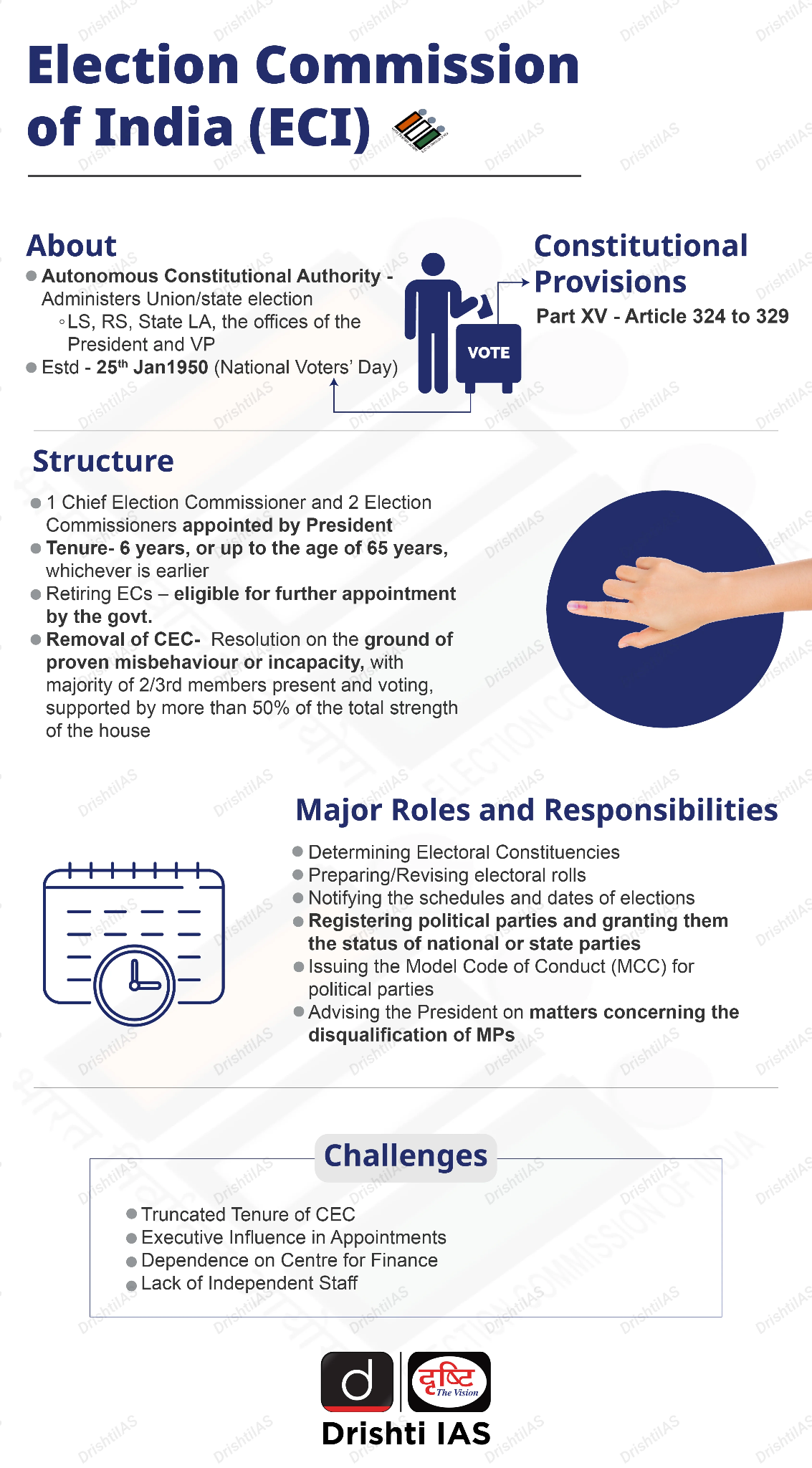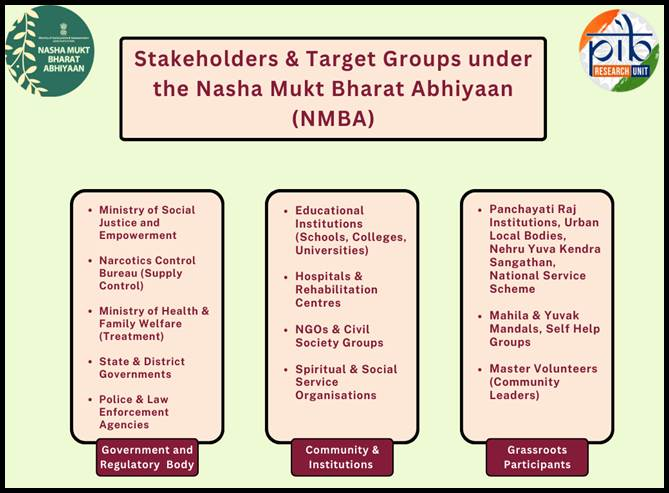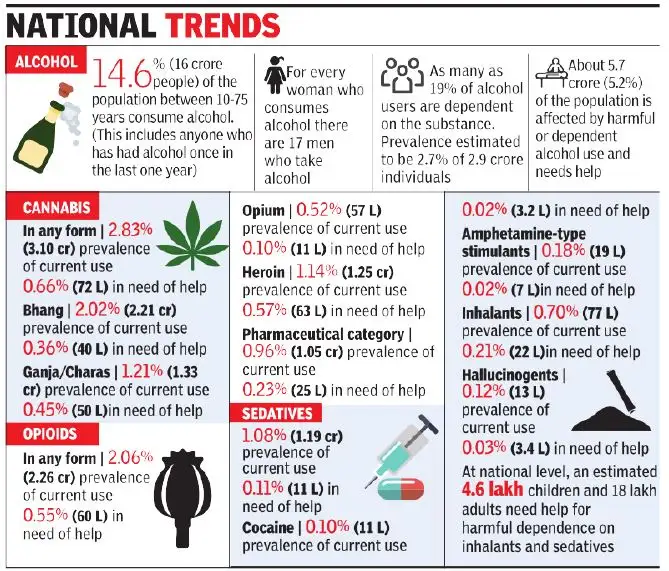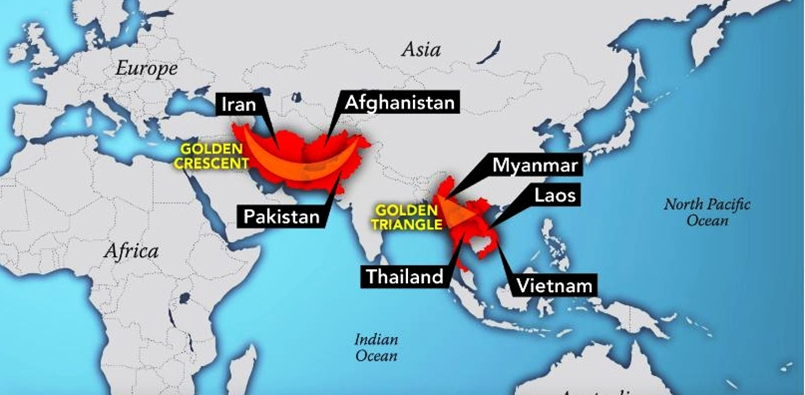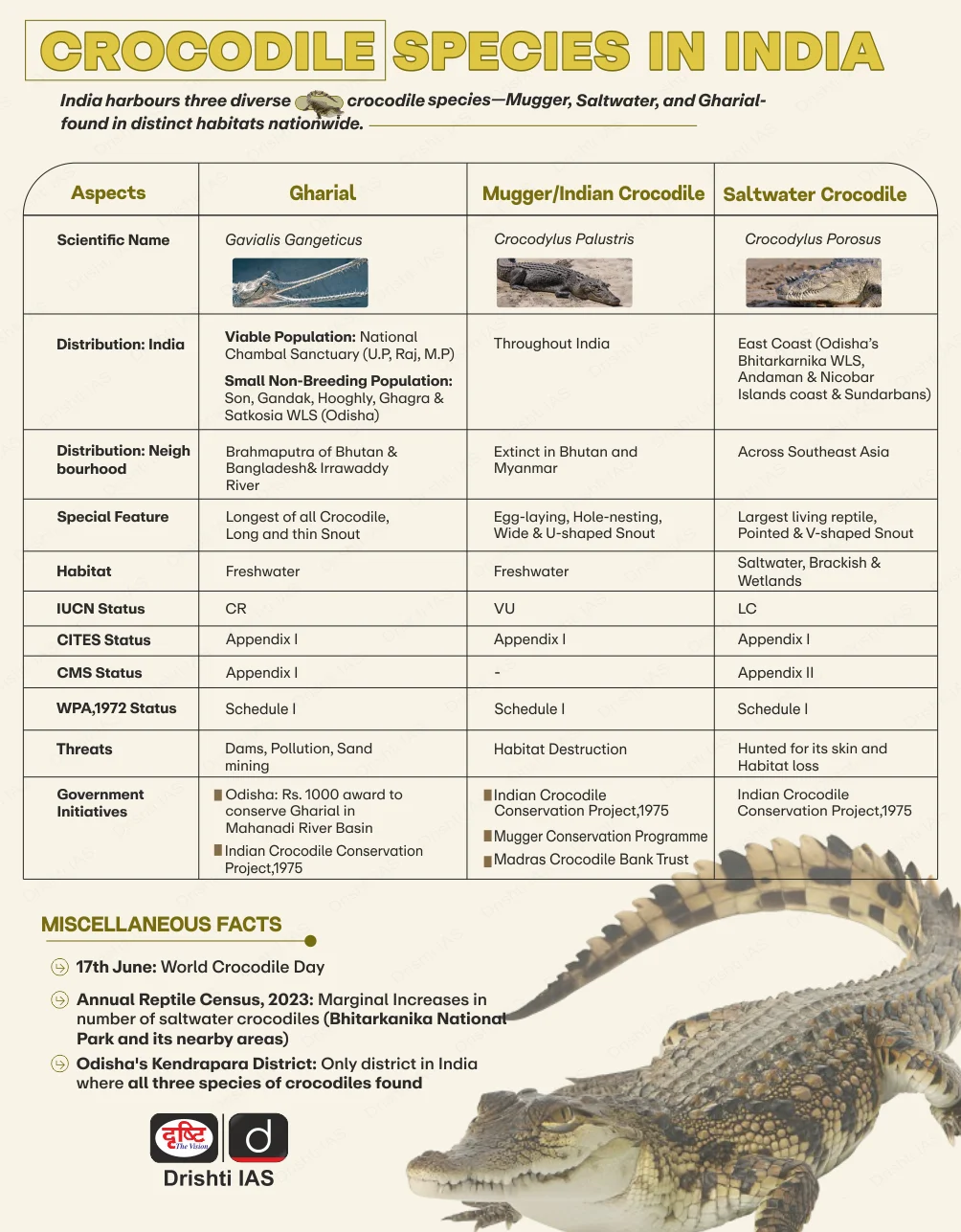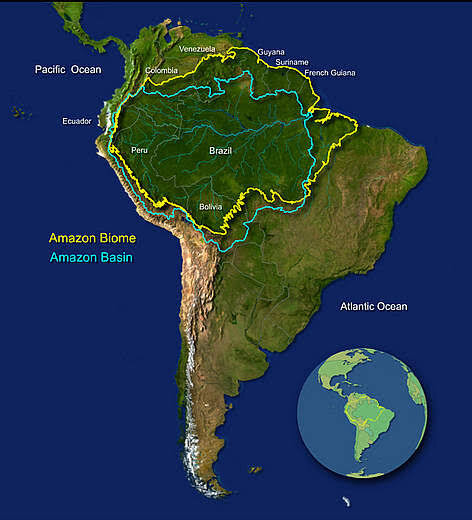Governance
Removal of Ministers Under Serious Charges
For Prelims: Council of Ministers, Representation of the People Act, Prevention of Corruption Act, 1988.
For Mains: Governance and Accountability of Elected Representatives, Role of Parliament and Judiciary in Legislative Oversight
Why in News?
The Central Government has introduced the 130th Constitution (Amendment) Bill, 2025 in the Lok Sabha to remove central and state Ministers arrested for 30 consecutive days on serious criminal charges.
130th Constitution (Amendment) Bill, 2025
- Amendments: The Bill proposes amendments to Articles 75, 164, and 239AA of the Constitution, which deal with the Union Council of Ministers, Council of Ministers in the states, and Ministers in Union Territories respectively.
- Key clause:If a Minister remains in custody for 30 consecutive days, the Prime Minister or Chief Minister must advise their removal by the 31st day; otherwise, the Minister ceases to hold office from the day thereafter.
- At the central level, the President acts on the Prime Minister’s advice; at the state level, the Governor acts on the Chief Minister’s advice; and in Delhi, the President acts on the Chief Minister’s advice.
- If the Prime Minister or a Chief Minister (including Delhi) is in custody for 30 consecutive days, they must resign by the 31st day or automatically cease to hold office from the day thereafter.
- Removal is reversible upon release from custody.
- Objective: Uphold constitutional morality and good governance, ensuring ministers under serious allegations cannot continue in office and maintain public trust.
What is the Current Legal Framework for Removing Detained Ministers from Office?
- There is no automatic removal of a Minister upon arrest. Under Section 8 of the Representation of the People Act, 1951 (RPA), legislators (including Ministers) are disqualified only after conviction for certain offences with imprisonment of two years or more.
- Under Section 8(1) of the RPA, 1951, a legislator convicted under the Prevention of Corruption Act, 1988, is disqualified for six years if punished with a fine.
- If sentenced to imprisonment, disqualification lasts for the entire imprisonment period plus six years after release.
- Ministers are subject to the same qualifications as legislators, though their duties differ.
- Under Section 8(1) of the RPA, 1951, a legislator convicted under the Prevention of Corruption Act, 1988, is disqualified for six years if punished with a fine.
- The presumption of innocence applies until conviction; mere arrest does not trigger removal.
Key Judicial Pronouncements Regarding Ministerial Accountability
- Public Interest Foundation PIL (2018): The Supreme Court held it cannot legislate or add new grounds for disqualification beyond Parliament’s provisions. Parliament alone has the power to make laws on disqualification.
- SC recommended a strong law requiring political parties to revoke membership and deny tickets to those charged with heinous offences.
- Manoj Narula v Union of India (2014): The Supreme Court ruled there is no legal bar on appointing Ministers with criminal antecedents but advised the Prime Minister to avoid selecting those charged with serious or heinous offences.
- V Senthil Balaji Case: In 2025, the Supreme Court directed Tamil Nadu Minister V. Senthil Balaji to choose between freedom or office after noting it had been misled by his reappointment post-bail, which was granted in the alleged cash-for-jobs scam.
- He subsequently stepped down from office, and his bail continued.
- Arvind Kejriwal Case (2024): The SC granted Arvind Kejriwal bail in the liquor policy money laundering case, barred him from official duties, could not compel resignation, but he later voluntarily resigned from office.
Why is a New Provision Needed for the Removal of Detained Ministers?
- Tackling Criminalisation of Politics: Many elected representatives have pending criminal cases. Current laws only disqualify them after conviction, allowing accused Ministers to continue in office for years, eroding public trust.
- The Association for Democratic Reforms (ADR) 2025 report on MLAs reveals that 45% of the legislators analyzed have declared criminal cases, with 29% facing serious charges such as murder, kidnapping, and crimes against women.
- Strengthening Accountability of Ministers: Ministers hold executive power and can influence investigations.
- Judicial processes in India are slow. By the time a conviction is reached, Ministers may have served long terms while under investigation, defeating the purpose of accountability.
- A mechanism is needed to ensure that those detained for serious offences cannot continue in office unchecked.
- Enhancing Public Confidence in Governance: Ensuring that Ministers facing serious charges are temporarily removed protects the integrity of government and reassures citizens about ethical governance.
What Measures are Needed for Strengthening Ministerial Accountability?
- Strengthen Legal and Constitutional Provisions: Introduce clear rules for removal or suspension of Ministers facing serious criminal charges, even during investigation or detention.
- 170th Law Commission Report (1999) proposed disqualification of legislators when charges are framed for offences punishable by up to five years’ imprisonment, for five years or until acquittal, whichever is earlier.
- The Election Commission (2004) and Law Commission’s 244th report (2014) supported this approach.
- 244th Law Commission Report (2014) proposed disqualification should occur when charges are framed by a court, indicating prima facie judicial satisfaction of sufficient material for trial.
- 170th Law Commission Report (1999) proposed disqualification of legislators when charges are framed for offences punishable by up to five years’ imprisonment, for five years or until acquittal, whichever is earlier.
- Transparent Appointment Process: Ensure that political parties exercise due diligence when selecting Ministers, avoiding candidates with criminal antecedents.
- Implement guidelines for the Prime Minister and Chief Ministers to prioritize integrity in ministerial appointments.
- Parliamentary Oversight: Strengthen the role of committees and ethics panels to monitor Ministers’ conduct. Mandate periodic disclosures of assets, liabilities, and pending cases to Parliament for scrutiny.
- Ethical Governance and Codes of Conduct: Implement a binding ministerial code of conduct emphasizing transparency, integrity, and service to the public.
- Encourage political parties to adopt internal accountability mechanisms and enforce ethical standards.
|
Drishti Mains Question: How can constitutional and legal measures strengthen ministerial accountability while balancing the presumption of innocence? |
UPSC Civil Services Examination, Previous Year Questions (PYQs)
Mains
Q. On what grounds a people’s representative can be disqualified under the Representation of Peoples Act, 1951? Also mention the remedies available to such person against his disqualification (2019)
It is often said that ‘politics’ and ‘ethics’ do not go together. What is your opinion in this regard? Justify your answer with illustrations. (2013)
Discuss the procedures to decide the disputes arising out of the election of a Member of the Parliament or State Legislature under The Representation of the People Act, 1951. What are the grounds on which the election of any returned candidate may be declared void? What remedy is available to the aggrieved party against the decision? Refer to the case laws. (2022)

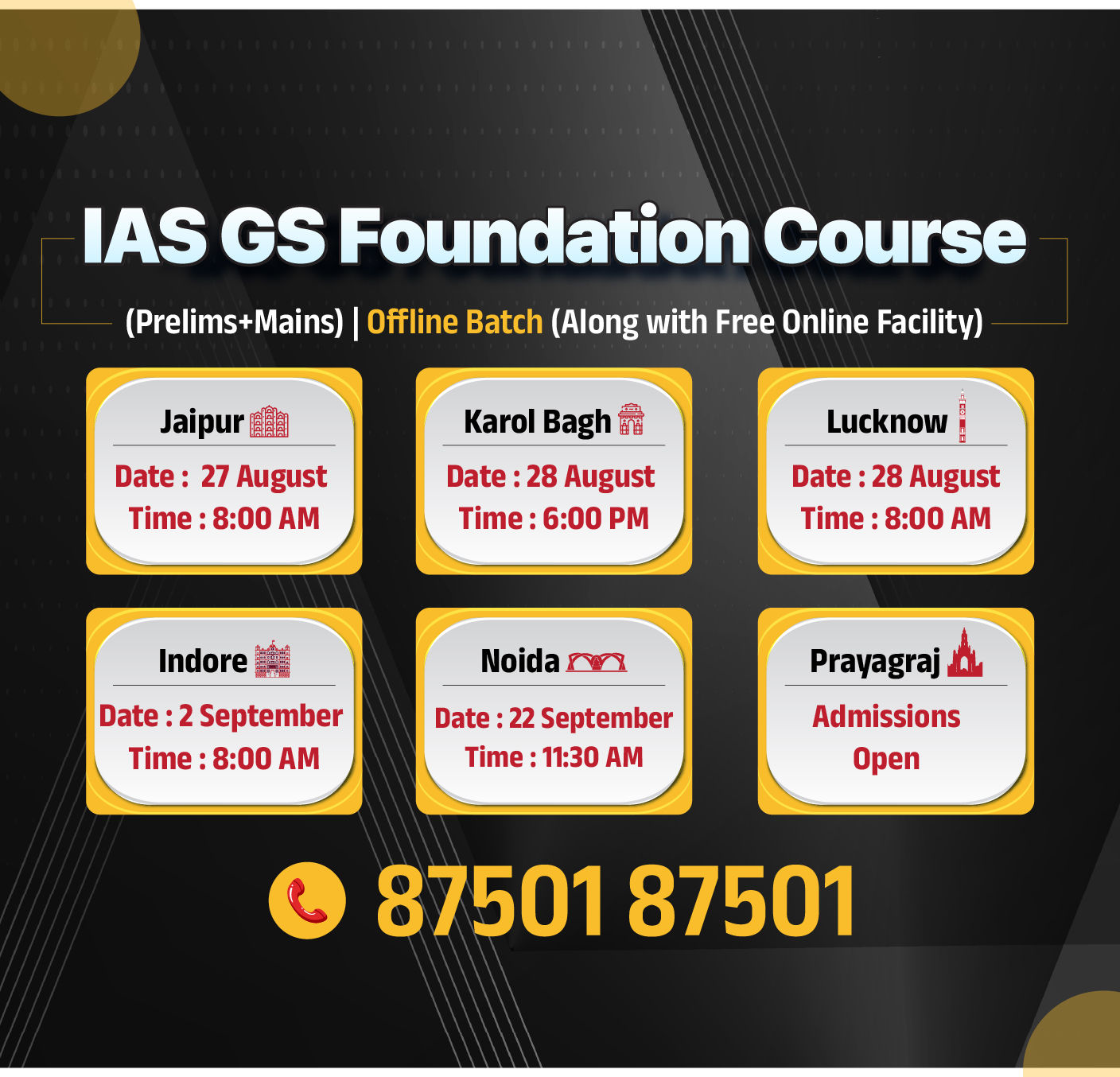
Governance
Transforming India’s Electoral Landscape
For Prelims: , Election Commission of India, Registered Unrecognised Political Parties, VVPAT, Representation of the People Act, 1950, Representation of the People Act, 1951, CAG, Right to Information Act, 2005, Law Commission.
For Mains: Role of the Election Commission of India in Ensuring Free and Fair Elections, Recent Electoral Reforms, and Additional Measures Needed to Strengthen Electoral Integrity.
Why in News?
The Election Commission of India (ECI) has undertaken several initiatives to streamline the electoral process, enhance transparency, strengthen voter participation, and uphold the credibility of India’s democratic framework.
What are the Key Reforms Undertaken to Strengthen India’s Electoral Process?
- Electoral Roll Management: The Election Commission has identified 476 inactive Registered Unrecognised Political Parties (RUPPs) for delisting, ensuring that the list of political parties remains accurate and up-to-date.
- Electoral rolls were revised ahead of by-elections in four states through a special summary revision, marking the first such exercise in two decades.
- Also, a special intensive revision of the electoral roll in Bihar was carried out to ensure that no eligible voter is left out and no ineligible names remain.
- Duplicate EPIC (voter) cards were eliminated nationwide, giving each voter a unique identification number and reducing errors in voter lists.
- Technology-Driven Transparency and Monitoring: The Election Commission launched ECINET, a one-stop digital platform, which brings together over 40 applications and websites used by electors, voters, election officials, and political parties.
- Digital index cards and reports were introduced to make election-related data more accessible at the constituency level, supporting informed decision-making.
- 100% webcasting of polling stations was implemented to monitor key activities and ensure that the polling process is conducted smoothly and without violations.
- Booth-Level Improvements: Standard photo ID cards were issued to Booth Level Officers (BLOs) to improve field-level transparency and enhance public trust in the election process.
- Polling stations were limited to 1,200 voters each, reducing crowding, shortening queues, and allowing additional booths in high-rise residential complexes and societies.
- Voter Verification and Accuracy: Mandatory VVPAT slip counting was enforced in cases of mismatch between Form 17C (account of votes recorded at a polling station) and EVM data, and wherever mock poll data was not erased, to ensure the accuracy and credibility of vote counting.
What are the Major Challenges Confronting India’s Electoral Process?
- Escalating Election Expenditure: The gap between actual expenses incurred in elections and the legally permitted limit is widening.
- Candidates and parties often overshoot spending ceilings, leading to underreporting and shadow financing.
- This fuels corruption and contributes to the generation of black money.
- Criminalisation of Politics: Many criminal-background candidates contest and win, as the politician-criminal nexus thrives on funds and muscle power.
- In the 2024 Lok Sabha elections, 251 of 543 newly elected MPs (46%) face criminal cases.
- Voter Disenfranchisement and Turnout Issues: Despite robust machinery, challenges like bogus voting, missing names in electoral rolls, and low urban turnout persist.
- Internal migrants, the elderly, and differently-abled citizens face barriers to exercising their democratic rights, weakening inclusivity.
- Freebie Politics and Populist Promises: The growing culture of unsustainable freebies during elections undermines fiscal discipline and responsible governance.
- Voters are swayed by short-term gains rather than long-term developmental agendas.
- Absence of clear guidelines makes it difficult to distinguish between welfare schemes and fiscal populism.
- Electoral Violence and Booth-Level Vulnerabilities: Electoral Violence and Booth-Level Vulnerabilities: Though reduced, sporadic violence, intimidation of voters, and disclosure of booth-level voting patterns still occur.
- Weak booth management in sensitive constituencies undermines free and fair elections.
- Absence of totalizer machines further exposes communities to post-poll reprisals.
- Technological and Cyber Threats: The emergence of deepfakes, misinformation, and algorithm-driven manipulation on social media poses a new-age threat to electoral integrity.
- Electoral Roll Manipulation: Electoral roll manipulation allegations and duplicate EPIC numbers across states undermine voter list credibility and public trust.
- Lack of Inner-Party Democracy: Political parties continue to function in a highly centralised and opaque manner with dynastic dominance, lack of transparent candidate selection, and weak accountability.
- This contradicts the democratic ethos and restricts genuine leadership from emerging.
What Steps are Required to Further Strengthen India’s Electoral Framework?
- Electoral Finance Reform: Introduce partial state funding (as suggested by the 2nd ARC) with reimbursement of legitimate expenses, mandatory digital disclosure of donations above a threshold, regulation of anonymous corporate funding, stronger CAG/ECI audits, and a public election expenditure portal to curb money power and enhance voter trust.
- Also, the idea of bringing political parties under Right to Information Act, 2005 should be explored.
- Promoting Inner Party Democracy: Political parties are the backbone of democracy, yet most function as closed, family-controlled units.
- The law must mandate regular internal elections, transparent candidate selection processes, and audited party constitutions.
- Also, the 1999 Law Commission Report recommended a regulatory framework for inner party democracy.
- Regulating Digital Campaigns & Deepfakes: Mandate traceable disclosure labels on all political ads (sponsor, funding, geo-targeting).
- Establish a National Deepfake Detection Cell (with IITs & CERT-In) to scan social media in real time.
- Enforce strict takedown protocols with penalties for non-compliant platforms. Launch voter literacy drives to counter algorithmic bias, deepfakes, and misinformation.
- Strengthening the ECI: Election Commission must enjoy financial autonomy, with its budget charged to the Consolidated Fund of India.
- Regional EC cells with permanent staff can ensure robust monitoring across India’s vast constituencies.
- Regular performance audits of electoral processes by parliamentary committees would enhance credibility and strengthen the ECI as guardian of free and fair elections.
- ECI should establish a permanent, independent cadre of officers to ensure autonomy and impartiality, reduce dependence on central/state governments, eliminate conflict of interest, and protect the sanctity of the electoral process.
- Electoral Process Reforms: Expand use of totalizer machines nationwide to mix votes across booths, preventing disclosure of booth-level patterns.
- Ensure uniform electoral rolls, stricter adherence to the Model Code of Conduct, and cap campaign duration to maintain a level playing field and boost voter confidence.
- Towards Simultaneous & Sustainable Elections: Pilot One Nation, One Election at local/state levels. Implement a permanent national electoral roll and common voter ID to reduce duplication.
- Redirect savings from simultaneous polls to governance, and gradually introduce a fixed electoral calendar for cost-efficient, time-efficient, and governance-friendly elections.
Conclusion:
A resilient democracy rests on the strength of its electoral foundations. Strengthening independence of institutions, enhancing transparency, widening voter participation, deepening inner-party democracy, and embracing technology are indispensable. Only through such holistic and sustained efforts can India safeguard the integrity, credibility, and fairness of its electoral system and truly uphold the spirit of a vibrant democracy.
|
Drishti Mains Question: Q. While procedural reforms are essential, the true autonomy of the Election Commission of India hinges on its independence from the executive." Critically examine this statement in the context of recent disputes and the need for an independent ECI cadre. |
UPSC Civil Services Examination, Previous Year Question (PYQ)
Prelims
Q. Consider the following statements: (2021)
- In India, there is no law restricting the candidates from contesting in one Lok Sabha election from three constituencies.
- In the 1991 Lok Sabha Election, Shri Devi Lal contested from three Lok Sabha constituencies.
- As per the existing rules, if a candidate contests in one Lok Sabha election from many constituencies, his/her party should bear the cost of bye-elections to the constituencies vacated by him/her winning in all the constituencies.
Which of the statements given above is/are correct?
(a) 1 only
(b) 2 only
(c) 1 and 3
(d) 2 and 3
Ans: (b)
Mains
Q. Discuss the procedures to decide the disputes arising out of the election of a Member of the Parliament or State Legislature under The Representation of the People Act, 1951. What are the grounds on which the election of any returned candidate may be declared void? What remedy is available to the aggrieved party against the decision? Refer to the case laws. (2022)


Facts for UPSC Mains
Towards Drug Free India
Why in News?
India is grappling with an escalating drug abuse crisis. The Nasha Mukt Bharat Abhiyaan was launched to address this issue and has now completed five years of implementation.
Nasha Mukt Bharat Abhiyaan
- About: Launched on 15th August 2020 by the Ministry of Social Justice & Empowerment.
- It aims to raise awareness on substance use, focusing on educational institutions, universities, and schools.
- It targets the identification of dependent populations and strengthens counseling and treatment facilities.
- Initially focused on 272 vulnerable districts, now extended to all districts in India.
- 3-Pronged Strategy: Three-pronged strategy—supply control, demand reduction, and medical treatment.
- Key Achievements:
- Mass Sensitisation (18.10+ crore people, 4.85+ lakh institutions)
- Youth Mobilisation (1.67+ crore students, pledge & events)
- Digital & Tech Integration (social media, website, app, geo-tagging)
- Volunteer Network (20,000+ Master Volunteers)
- Community Outreach (campaigns, monitoring, awareness drives)
- Collaborations (MoUs with spiritual/social organisations including The Art of Living, Brahma Kumaris, Sant Nirankari Mission, Ram Chandra Mission (Daaji), ISKCON etc).
Prevalence of Drug Abuse in India
- Drug Addiction: Around 10 crore people in India are affected by narcotics (NCB data). States like Uttar Pradesh, Maharashtra, and Punjab recorded the highest FIRs under the NDPS Act (2019–2021).
- Major Consumed Drugs: According to the National Survey on Extent and Pattern of Substance Use (2019), about 16 crore people (14.6%) aged 10–75 use alcohol, while 3.1 crore (2.8%) use cannabis.
2 Major Drug-Producing Regions in World
- Golden Crescent (Afghanistan, Iran, Pakistan): Major opium hub affecting J&K, Punjab, Himachal Pradesh, Rajasthan, and Gujarat.
- Golden Triangle (Laos, Myanmar, Thailand): Key heroin-producing region (Myanmar approx 80% of global supply), with trafficking routes passing through India, making it a vulnerable transit and consumption zone.
What are the Key Challenges in Drug Control India?
- Mnemonic: DOPE
- D – Dark Net & New Substances: Rise of new psychoactive substances and illicit online trade using darknet and cryptocurrency.
- O – Organizational & Infrastructure Gaps: Lack of trained personnel, forensic labs, rehab centers, and specialized facilities.
- P – Poor Awareness & Prevention: Inadequate education, weak community-level awareness, especially in rural and youth populations.
- E – Exclusion & Stigma in Addiction Treatment: Social stigma and high demand discourage rehabilitation, limiting control efforts.
What Measures Should be Taken to Eradicate Drug Abuse in India?
- Mnemonic: SAFE
- S – Strengthen Law Enforcement: Enhance NDPS act, 1985 & Prevention of Illicit Traffic in Narcotic Drugs and Psychotropic Substances (PITNDPS) Act, 1988 implementation with adequate resources, training, modern equipment, robust intelligence & surveillance, and inter-agency coordination.
- A – Awareness & Prevention: Expand treatment and rehabilitation facilities, strictly following National Action Plan for Drug Demand Reduction (NAPDDR) for awareness campaigns on de-addiction, and rehabilitation.
- F – Focus on Supply Reduction: Improve border control, use advanced technology such as AI, Big Data, drones, satellites, and online citizen reporting systems, support alternative livelihoods for illicit crop farmers (e.g., Jharkhand poppy scheme), and intercept supply chains.
- E – Enhance International Cooperation: Collaborate with neighboring countries, UNODC, Interpol to track and prevent drug trafficking.
UPSC Civil Services Examination, Previous Year Questions (PYQs)
Prelims
Q1. Consider the following statements: (2019)
- The United Nations Convention against Corruption (UNCAC) has a ‘Protocol against the Smuggling of Migrants by Land, Sea and Air’.
- The UNCAC is the ever-first legally binding global anti-corruption instrument.
- A highlight of the United Nations Convention against Transnational Organized Crime (UNTOC) is the inclusion of a specific chapter aimed at returning assets to their rightful owners from whom they had been taken illicitly.
- The United Nations Office on Drugs and Crime (UNODC) is mandated by its member States to assist in the implementation of both UNCAC and UNTOC.
Which of the statements given above is correct?
(a) 1 and 3 only
(b) 2, 3 and 4 only
(c) 2 and 4 only
(d) 1, 2, 3 and 4
Ans: (c)
Mains:
Q. India’s proximity to the two of the world’s biggest illicit opium-growing states has enhanced her internal security concerns. Explain the linkages between drug trafficking and other illicit activities such as gunrunning, money laundering and human trafficking. What counter-measures should be taken to prevent the same? (2018)


Rapid Fire
Kerala ‘First’ Digitally Literate State in India
Kerala has been declared the first fully digitally literate state in India, marking a milestone in bridging the digital divide through the Digi Keralam Project.
- Digi Keralam Project targeted senior citizens, homemakers, and digitally excluded groups, using youth volunteers and the K-SMART (Kerala Solutions for Managing Administrative Reformation and Transformation) platform to provide online access services, boosting inclusion and governance.
- Earlier in 2002, the Akshaya project was launched by then President A.P.J. Abdul Kalam in Kerala, to make one family member digitally literate, promoting IT access and citizen service delivery across the state.
Digital Literacy in India
- Digital Literacy: It is the ability of individuals and communities to understand and use digital technologies for meaningful actions within life situations.
- According to the Central Board for Workers Education Only 38% of India households are digitally literate (61% in urban areas and 25% in rural areas).
- Initiatives Promoting Digital Literacy:
- The Government of India implemented two digital literacy schemes, National Digital Literacy Mission (NDLM) and Digital Saksharta Abhiyan (DISHA), with a cumulative target of 52.50 lakh beneficiaries across the country (one person from every eligible household).
- Under these two schemes, 53.67 lakh beneficiaries were trained, with 42% from rural India. Both schemes have now been closed.
- Pradhan Mantri Gramin Digital Saksharta Abhiyan (PMGDISHA): Aims to promote digital literacy in rural India,6.39 crore individuals trained nationwide till March 2024.
- The Government of India implemented two digital literacy schemes, National Digital Literacy Mission (NDLM) and Digital Saksharta Abhiyan (DISHA), with a cumulative target of 52.50 lakh beneficiaries across the country (one person from every eligible household).
| Read more: Right to Internet Access and Digital Literacy |


Rapid Fire
Saltwater Crocodile in Sundarbans
As per the State Forest Department's survey, the population of saltwater crocodiles in the Sundarban Biosphere Reserve (SBR) has increased.
- The study highlighted the estimated population of saltwater crocodiles ranges from 220 to 242. Saltwater crocodiles prefer creeks and rivers with high tide widths below 180 meters.
- Saltwater crocodiles are hypercarnivorous apex predators maintaining ecosystem health by feeding on carcasses in water bodies.
- A hypercarnivorous apex predator is the ultimate specialized hunter, existing at the top of its food chain with no natural enemies, and relying on other animals for over 70% of its diet.
- They can tolerate a wide range of water salinity during winter, but increasing salinity may threaten their habitat.
Sundarbans
- Location: The Sundarbans, the world's largest mangrove forest, lies in the delta of the Ganges, Brahmaputra, and Meghna rivers along the Bay of Bengal, with 40% in India and the remainder in Bangladesh.
- Ecosystem: An ecotone between land and sea in tropical and subtropical regions, featuring a diverse mix of habitats including freshwater swamps, intertidal mangroves, saline forests, and open water.
- Global Recognition: UNESCO World Heritage site in 1987 (India) and 1997 (Bangladesh), and Ramsar site (2019).
| Read More: Sundarbans |


testing
Ecuador & Peru
Indigenous communities in Ecuador and Peru opposed a new oil deal, citing risks of deforestation, river pollution, biodiversity loss, and ecological damage in the Amazon rainforests.
Amazon Rainforests
- About: The Amazon Rainforest is the largest tropical rainforest in the world, covering around 6.7 million sq km in the Amazon River basin of northern South America.
- About 60% of the rainforest is in Brazil, while the remaining area is shared among Bolivia, Colombia, Ecuador, Guyana, Peru, Suriname, Venezuela, and French Guiana, making it the largest drainage system globally.
- It is bounded by the Guiana Highlands (north), Andes Mountains (west), Brazilian Central Plateau (south), and the Atlantic Ocean (east).
- Ecological Significance: Covers over half of the world’s rainforest volume, crucial for biodiversity, carbon sequestration, and climate regulation.
- Though only 1% of Earth’s surface, it sustains around 10% of global wildlife, including habitats for river dolphins and over 70% of the world’s jaguars.
Ecuador
- Ecuador (with capital Quito) lies in western South America between Colombia and Peru. The Equator line passed through it.
- The Andes run through Ecuador, with Cotopaxi as the highest active volcano.
Peru
- Situated on the western coast of South America, Peru (capital- Lima) connects the Pacific Ocean, Andes Mountains and the Amazon Basin.
- It shares borders with Ecuador and Colombia (north), Brazil (east), and Bolivia and Chile (south).
- Key drainage includes the Amazon River and Lake Titicaca (world’s highest navigable lake, shared with Bolivia).
- About 60% of Peru is covered by the Amazon forest.
- Other features include Atacama Desert (southern Peru), Nazca Lines, and the Humboldt Current and El Niño.
| Read More: Galápagos Islands |




